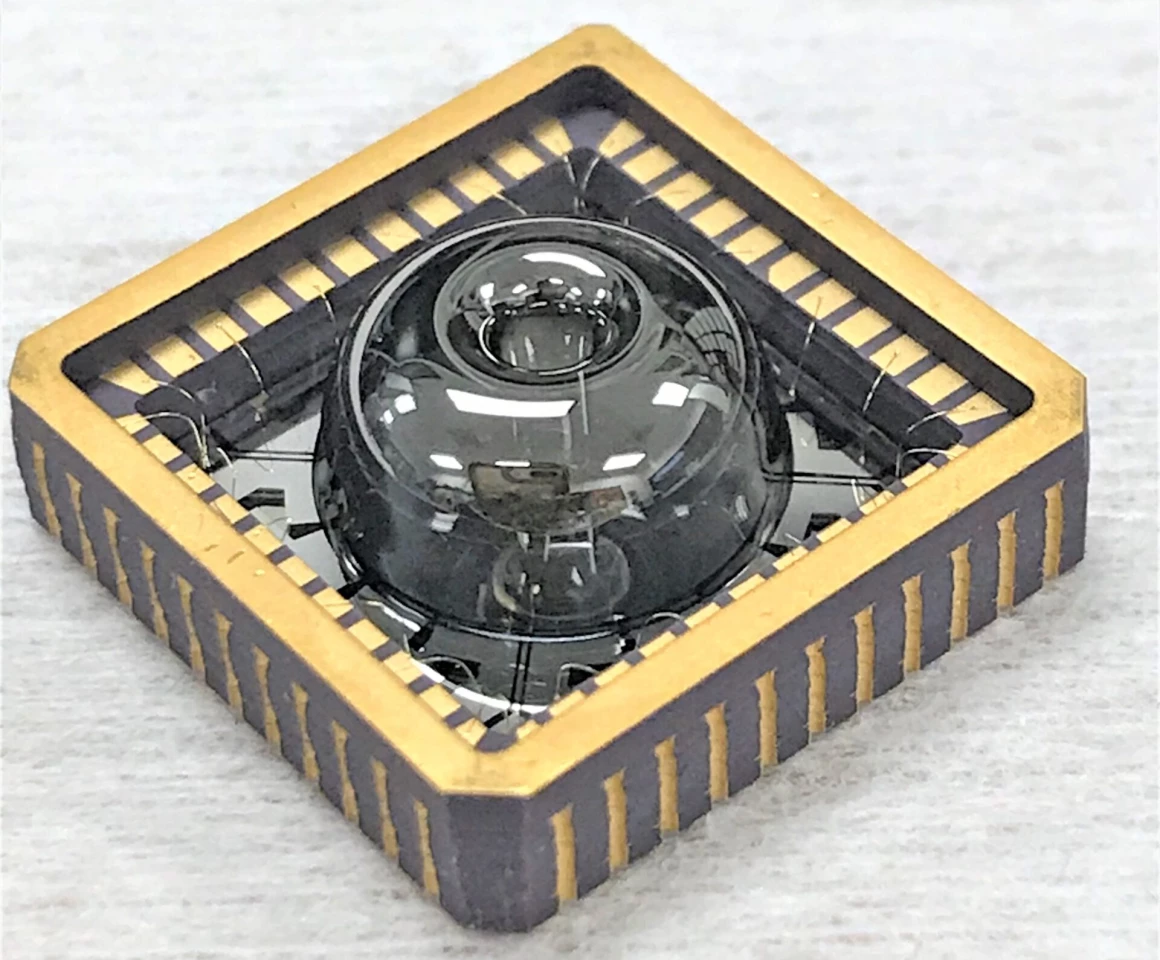When a driverless car or autonomous drone loses GPS contact, it utilizes a tool known as an inertial measurement unit (IMU) to keep track of its orientation in space. Such devices could soon be more accurate than ever, thanks to a newly-developed tiny gyroscope.
IMUs typically consist of multiple gyroscopes, accelerometers and sometimes magnetometers. Their performance is limited, however, by the fact that the gyroscopes aren't very accurate – much more precise gyros do exist, but they're generally too expensive to be cost-effectively incorporated into IMUs.
Led by Prof. Khalil Najafi, scientists at the University of Michigan set out to address that problem. The result is a miniature gyroscope which is reportedly 10,000 times more accurate than the sort currently used in smartphones, yet is "only" 10 times more expensive – it's still claimed to be just one one-thousandth the cost of larger existing models offering similar performance.

At the heart of the device is a centimeter-wide (0.4-in) metal-coated glass resonator, which looks like an upside-down Bundt cake pan. It's made of pure fused silica that's about a quarter of an inch thick, and its bottom edge is surrounded by a ring of electrodes. These push and pull on the resonator, causing it to continuously vibrate and ring like a wine glass.
The whole setup is enclosed within a vacuum package, which sits about half a centimeter high. This keeps air from damping the vibrations, which are measured by the same electrodes that produce them.
"Basically, the glass resonator vibrates in a certain pattern," says doctoral student Sajal Singh. "If you suddenly rotate it, the vibrating pattern wants to stay in its original orientation. So, by monitoring the vibration pattern it is possible to directly measure rotation rate and angle."
The technology is now being commercialized by spinoff company Enertia Microsystems. It could ultimately find use not only in cars, drones and other vehicles, but also in military applications or on self-guiding warehouse robots.
Source: University of Michigan





